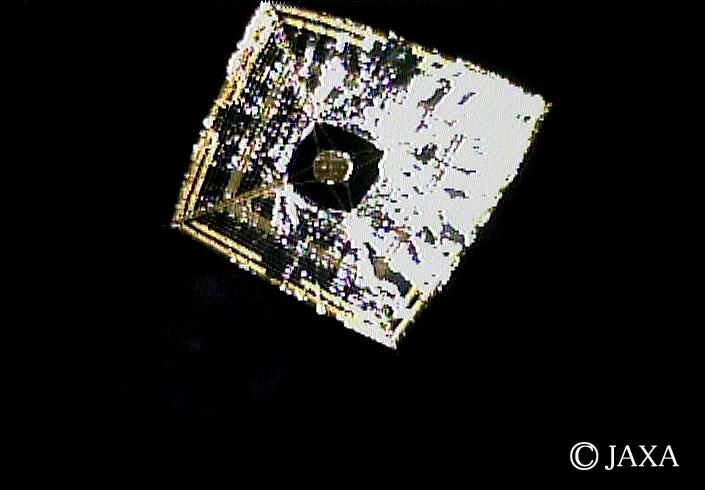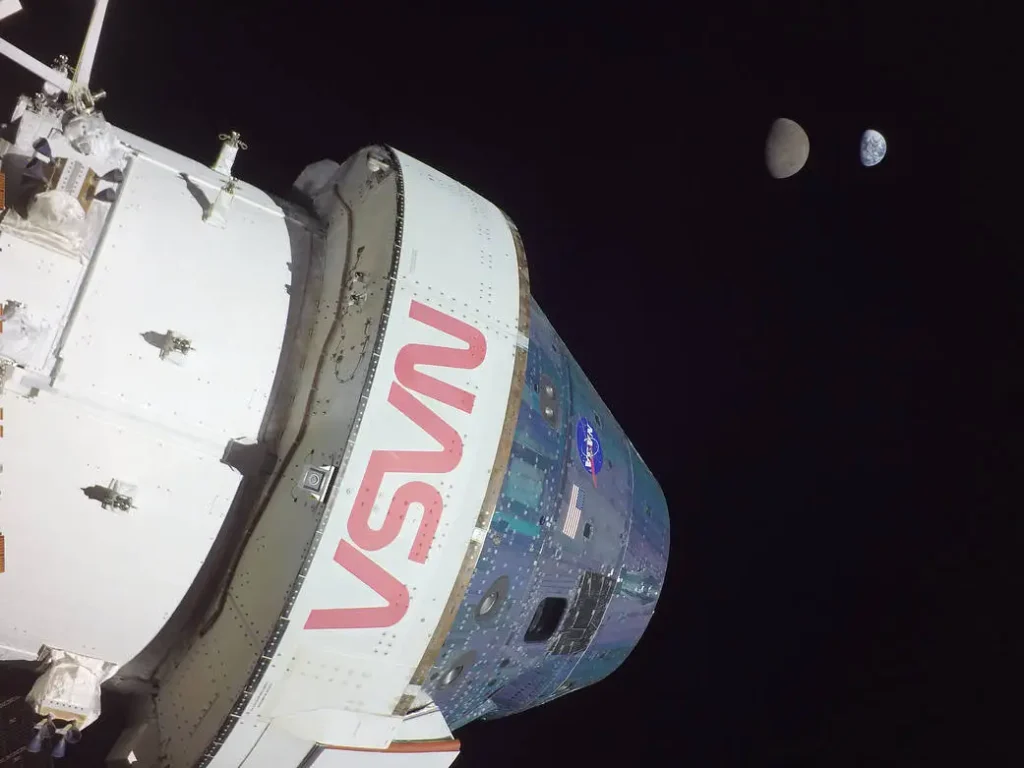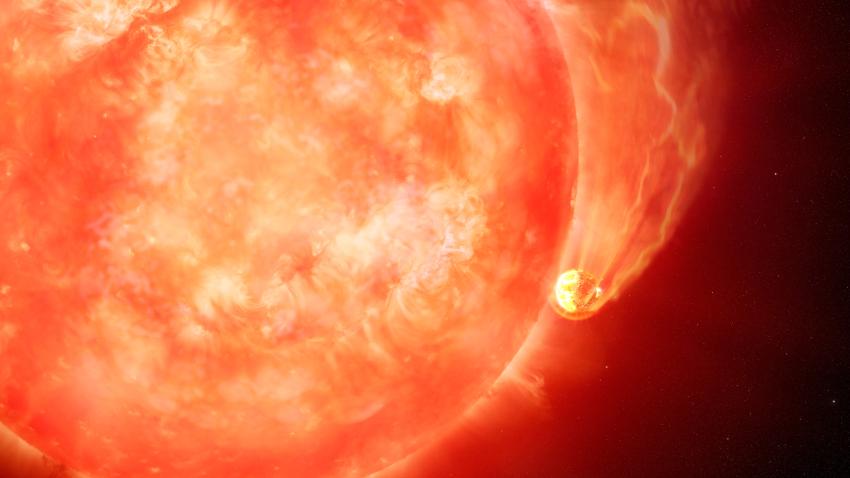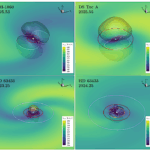Now Reading: The Case for Insects on the Space Menu
1
-
01
The Case for Insects on the Space Menu
The Case for Insects on the Space Menu


Insects have been travelling to space since 1947, but now they might become dinner for astronauts on missions to the Moon and Mars. A new European Space Agency study explores whether crickets and mealworms could provide sustainable protein for future space explorers, with research showing many species handle microgravity surprisingly well, even completing entire life cycles in orbit. Is it possible that these tiny creatures could become essential for humanity’s expansion beyond Earth.
Stay Informed With the Latest & Most Important News
[mc4wp_form id=314]
Previous Post
Next Post
Loading Next Post...
Popular Now
-
 01From Polymerization-Enabled Folding and Assembly to Chemical Evolution: Key Processes for Emergence of Functional Polymers in the Origin of Life
01From Polymerization-Enabled Folding and Assembly to Chemical Evolution: Key Processes for Emergence of Functional Polymers in the Origin of Life -
 02Panasonic Leica Summilux DG 15mm f/1.7 ASPH review
02Panasonic Leica Summilux DG 15mm f/1.7 ASPH review -
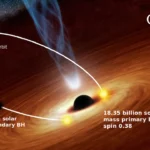 03Two Black Holes Observed Circling Each Other for the First Time
03Two Black Holes Observed Circling Each Other for the First Time -
 04How New NASA, India Earth Satellite NISAR Will See Earth
04How New NASA, India Earth Satellite NISAR Will See Earth -
 05And Thus Begins A New Year For Life On Earth
05And Thus Begins A New Year For Life On Earth -
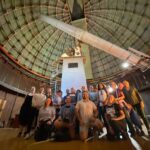 06Astronomy Activation Ambassadors: A New Era
06Astronomy Activation Ambassadors: A New Era -
07SpaceX launch surge helps set new global launch record in 2024
Scroll to Top













